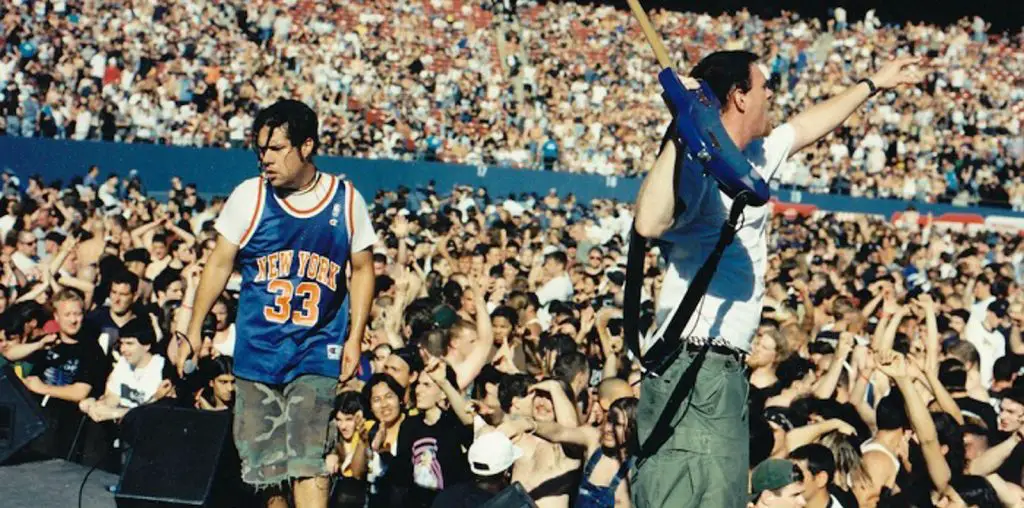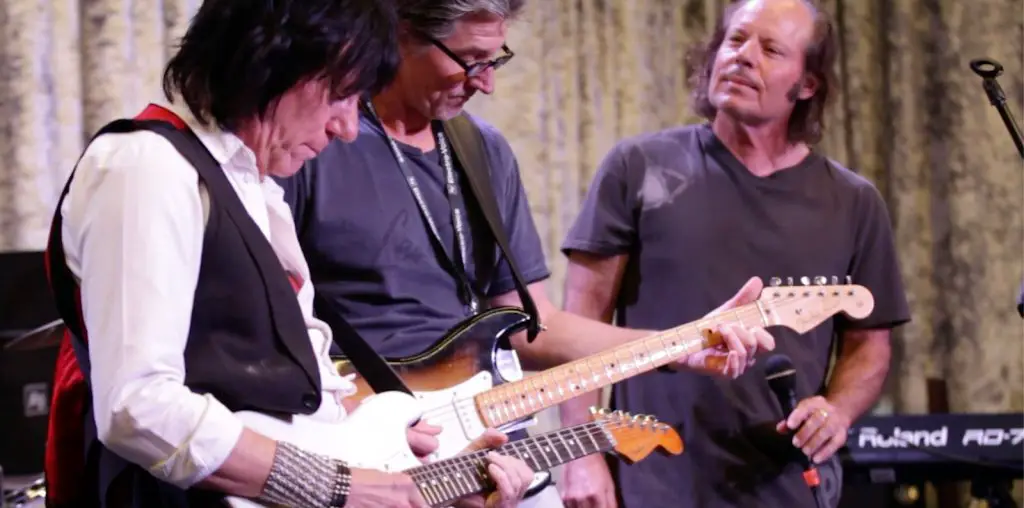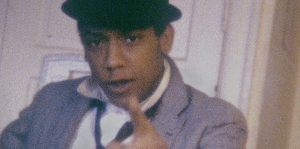
To be clear, money was never the primary motivator to anyone here. Instead, it was about making something that resonated with your peers and inspired them to create in force. New York was seen as a city full of wannabe stars and sycophants – no matter how great the music was – the kids of Washington, D.C. were creating something vital to the cultural dialog to this day. Through the years, Dischord Records rose to be one of the most important independent labels in the United States, releasing groundbreaking albums by Minor Threat, Rites of Spring, and Fugazi. They made Government Issue, Iron Cross, and Void part of the national dialog along the way.
Where most documentaries would attempt to give a succinct history of everything and everyone involved in such a groundbreaking scene, Punk The Capital: Building a Sound Movement instead focuses on the most game-changing voices that made it happen. Rather than cover every band who made a blip on the radar, we learn how The Slickee Boys, Bad Brains, and Minor Threat literally changed the world for the better, the repercussions of which are still being felt.
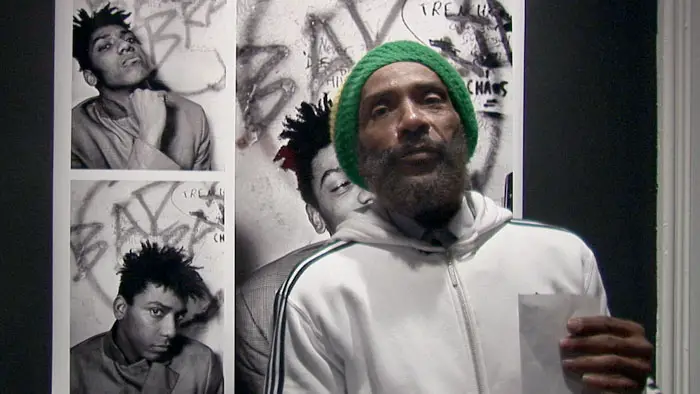
“…Bishop and Schneider successfully capture the zeitgeist that changed the world.”
Now, suppose one wanted to be nit-picky. In that case, one could complain about some glaring omissions, like the unforgivable crimes associated with White Boy’s frontman Mr. Ott, aka James Kowalski (the subject of which should be a documentary in its own right), the sheer power and songwriting talent of D.C. punk luminaries Black Market Baby, and the way Sab Grey and Iron Cross brought Oi and skinhead culture into the American hardcore lexicon, not to mention No Trend’s blatant refusal to follow anyone’s example. But this movie isn’t meant to touch on every single detail of Washington, D.C.’s well-documented punk scene. Instead, it gives us a strong overview of the biggest movers and shakers within this community and encourages us to seek out more where we can.
Punk and hardcore spread across the country in the early ’80s and provided a true alternative from the dull, gray expanse of the classic American dream. This anti-establishment ethic spread to the nation’s capital, which was known more for suits, lobbyists, and business lunches than art and music. Regardless, the city emerged as one of the most important voices in independent culture simply because people came together to express a similar distaste for what was commonly accepted. In Punk The Capital: Building a Sound Movement, Bishop and Schneider successfully capture the zeitgeist that changed the world.
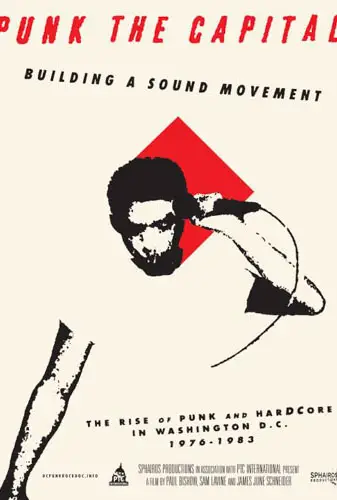
"…punk...provided a true alternative from the dull, gray expanse of the classic American dream."
